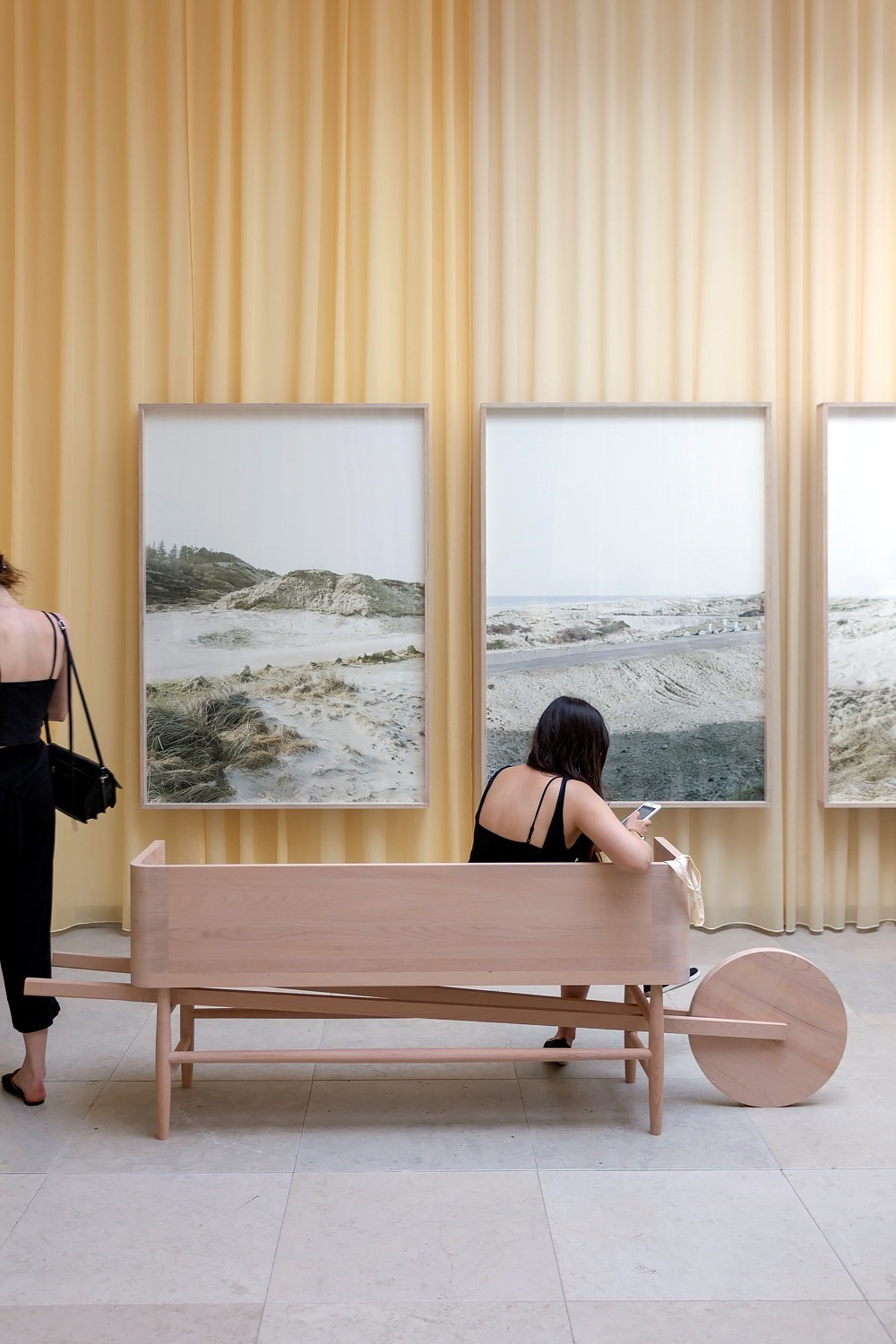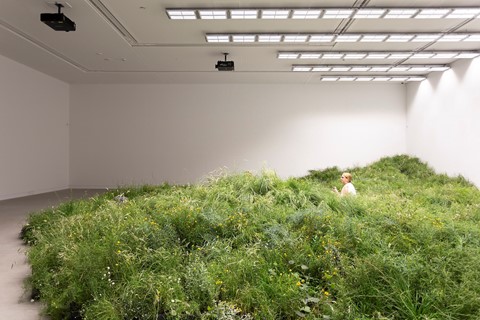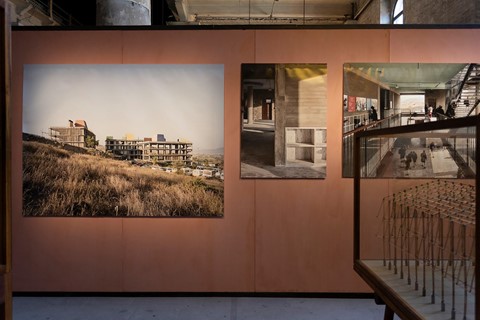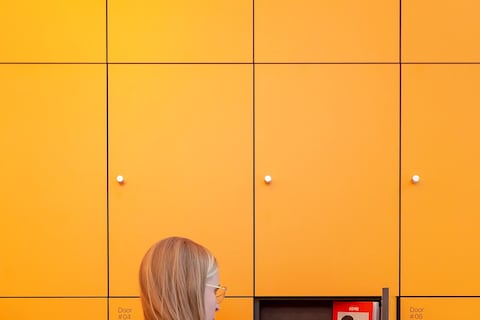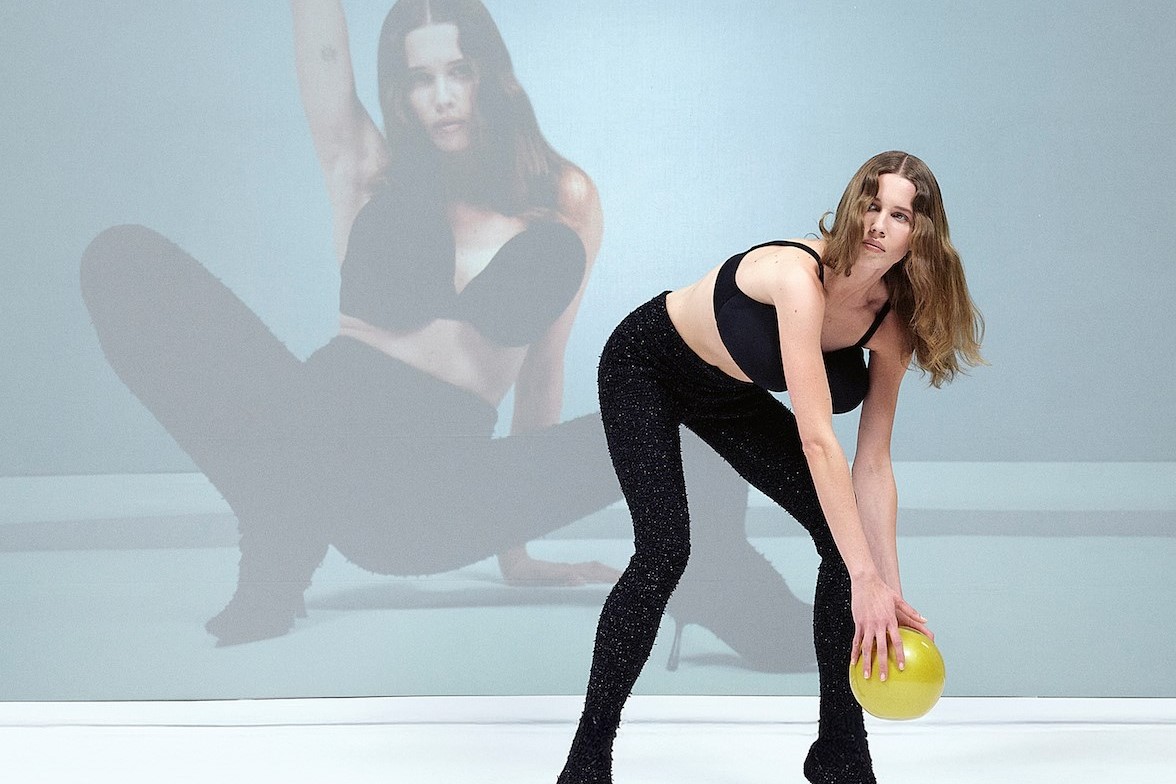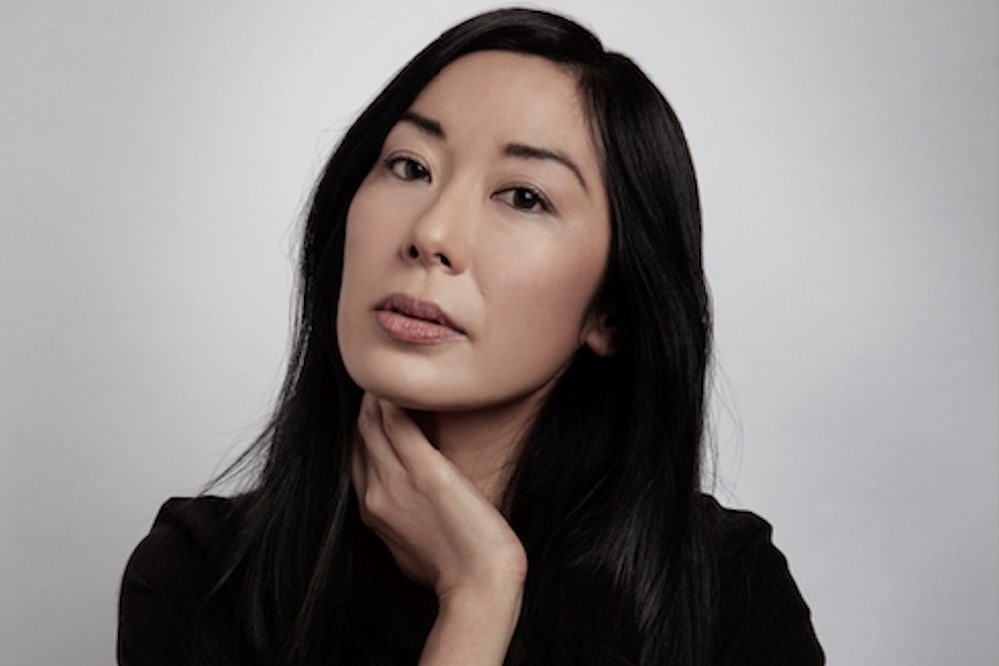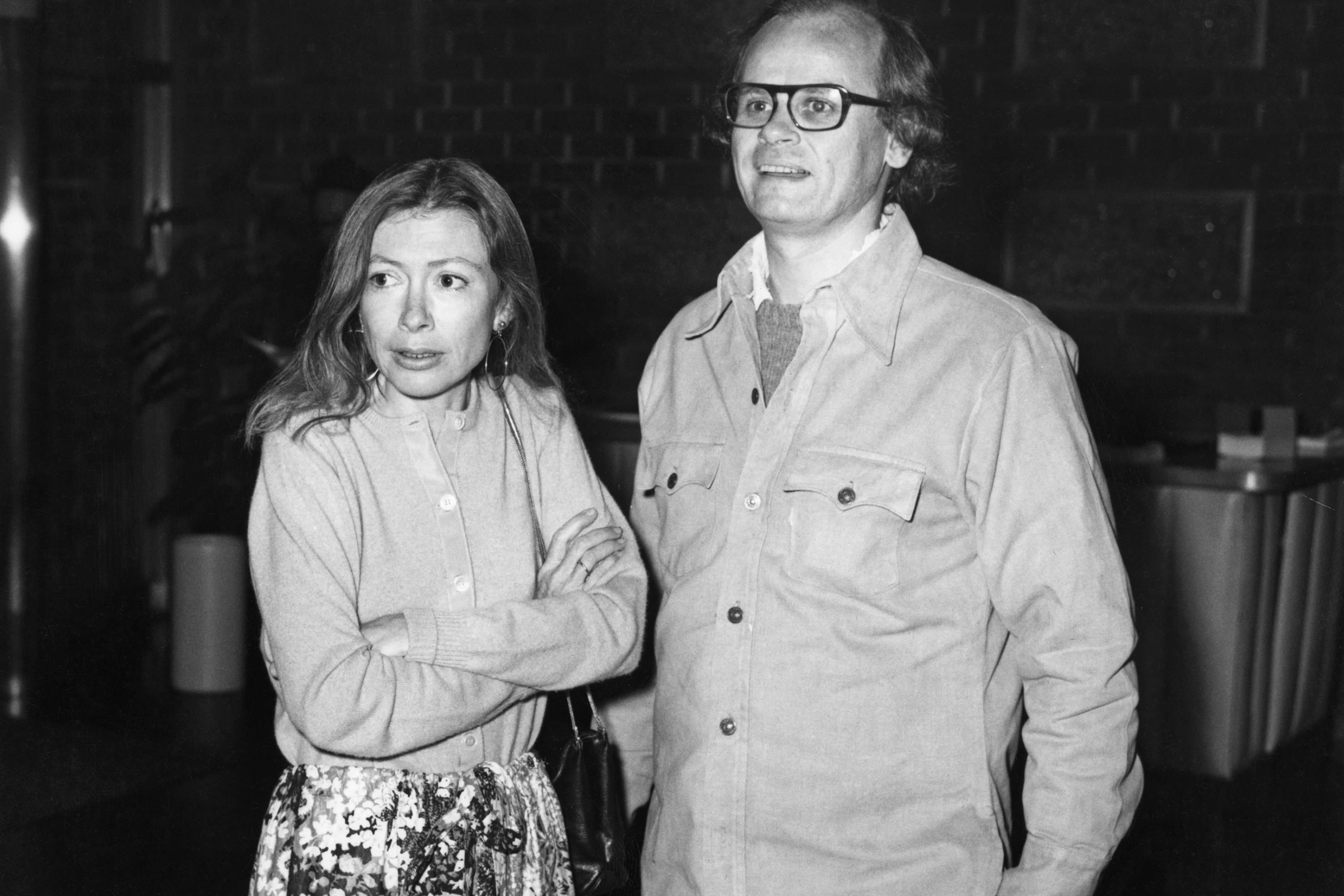The only way to survive a Biennale weekend is to know where to hide. To keep a map in your head of quiet spaces you can slip away – from the crowds and the cocktail hours and the relentless, windless Venetian heat – to collect your thoughts and charge your phone and regroup for the next stage of the marathon exhibition. To nurse your hangover from last night’s party.
Shelley McNamara and Yvonne Farrell clearly understand this. As this year’s curators, the Irish duo that make up Grafton Architects have dreamt up a manifesto, entitled FREESPACE, that is above all an appeal to architectural empathy. McNamara and Farrell called for projects that exhibited a ‘generosity of spirit’, provided ‘spatial gifts’ and addressed the ‘unspoken wishes of strangers’. In the sprawling context of the Biennale, that could be interpreted literally as ample seating (it was, as Oliver Wainwright pointed out in The Guardian, the ‘Biennale of benches’). But within the larger political and social context that we find ourselves in this year, it stressed how good architecture should lessen the physical and emotional load of daily life. Though they left space for the ‘private, defensive and restrictive’ – Switzerland, for example, won the Golden Lion by exploring the surreal monotony of one-size-fits-all rental properties – the spirit of this year was pure service.
Though the call to arms was infinitely interpretable, a number of themes rose comfortably to the surface. There were spaces dedicated to learning: like Spain’s pavilion, ‘Becoming’, which explored the architectural language that bounces around design schools; Greece, called ‘School of Athens’, recreated informal learning spaces within institutions, illustrating them with all-white architectural models propped up on stilts; and Finland, who took a deep dive into their national libraries. There were places for people to gather: Britain’s pavilion took the form of a platform elevated on scaffolding above their left-empty pavilion, ostensibly an Italian piazza where visitors could assemble for afternoon tea. Though the Caruso St John-designed project received the lion’s share of the attention, it was Hungary’s – similar in execution, miles away in concept – that felt like the perfect encapsulation of the theme.
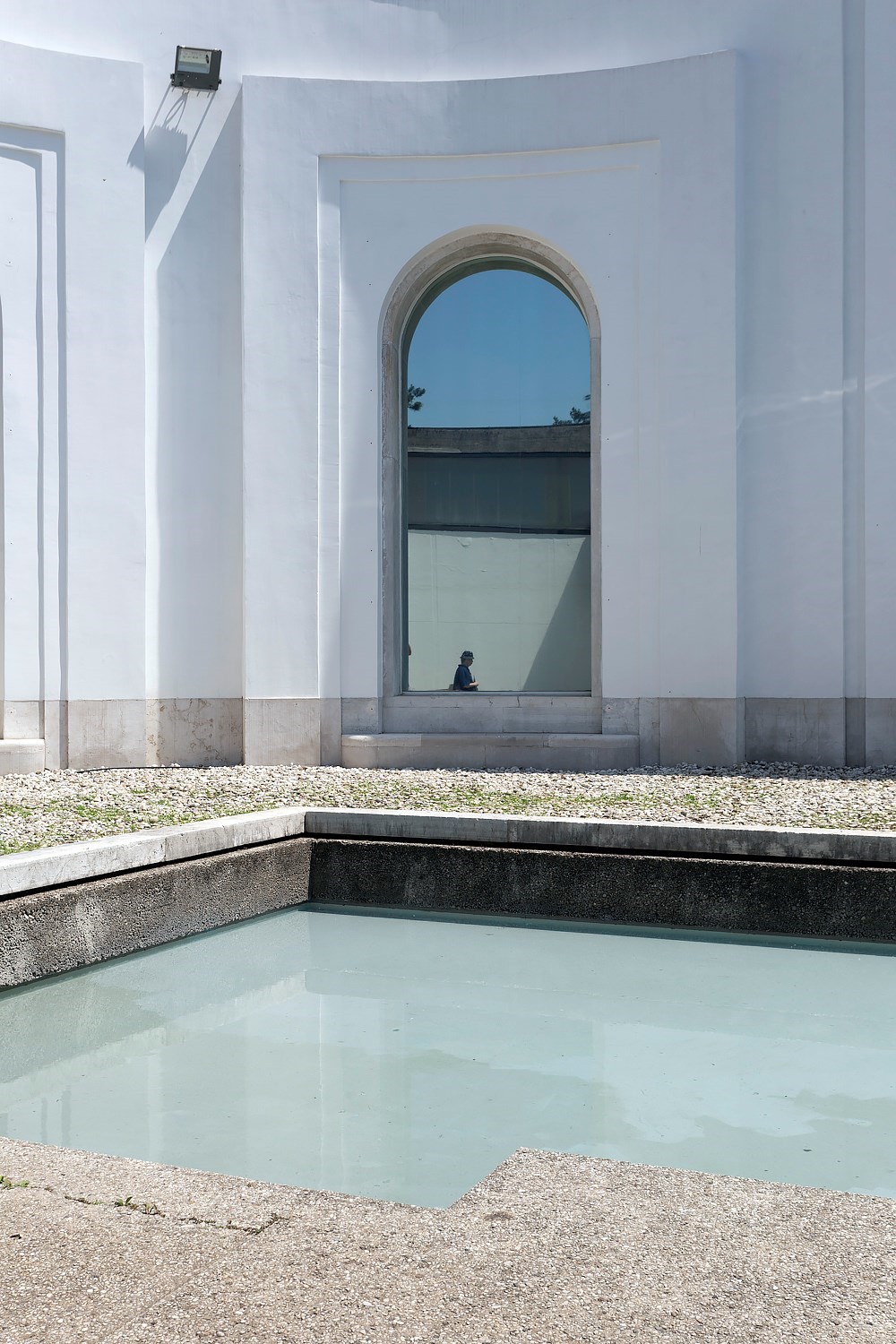
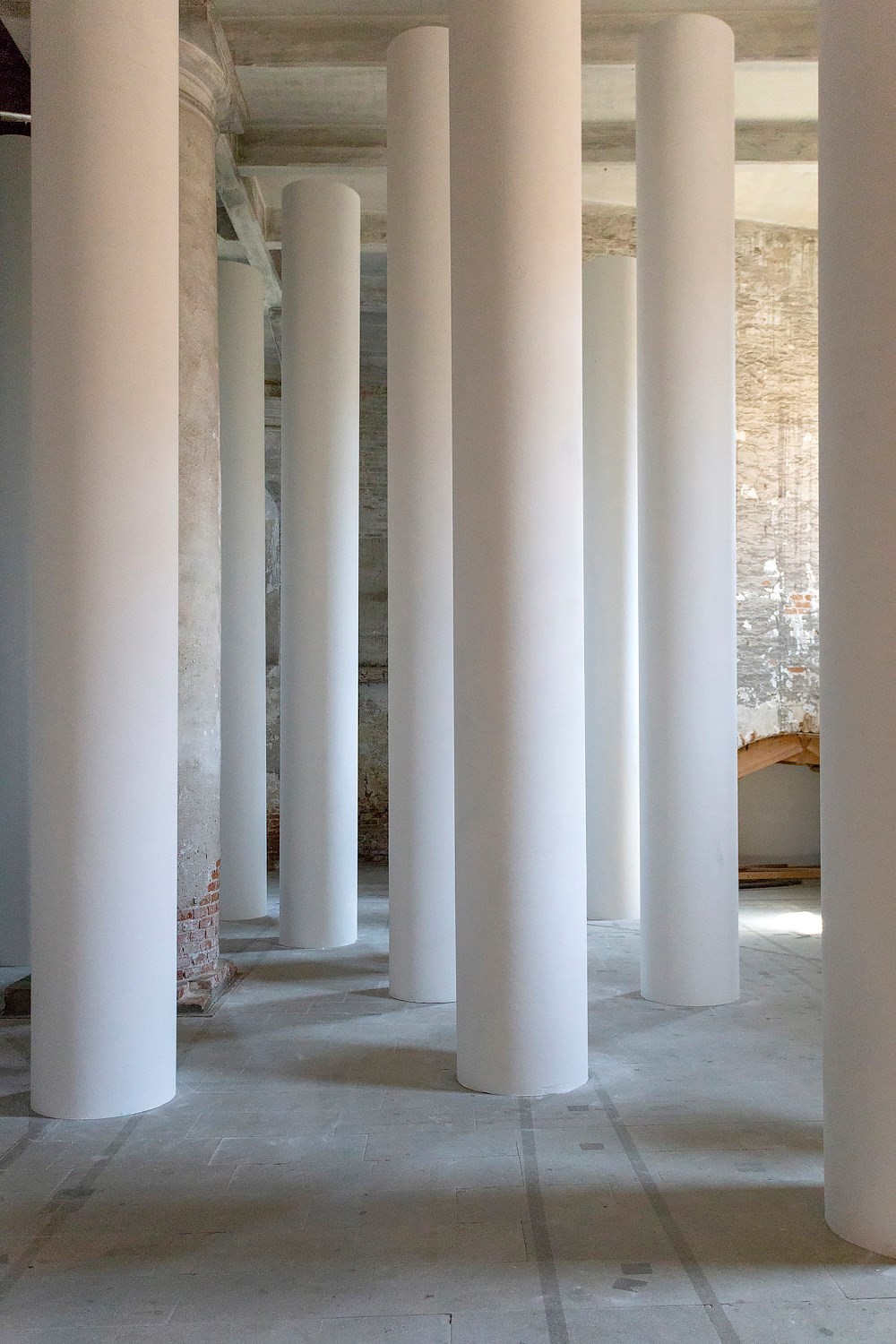
Like the British, Hungary’s curators, KULTÚRGORILLA and Studio Nomad, had built a platform out of scaffolding that loomed high over the Giardini’s grounds, but theirs, instead, considered the social legacy of Budapest’s Liberty Bridge. Closed to traffic for three months in 2016, the bridge became a site of spontaneous social assembly: yoga classes were held in the open air, families brought barbecues, hammocks were hung between the columns. Illustrated with photos and videos of the event, in addition to the platform, it was an exercise in perspective. Visitors were invited high above the Giardini’s treetops – looking down on both the placid canal and the jumbled aluminium heating vents atop the pavilion’s roof – to consider the possibilities of their built environment anew.
Places of religious gathering also took centre stage. The Bahrain pavilion, curated by Nora Akawi and Noura Al Sayeh, charted how both cities and buildings have crystallised around Islamic places of worship and congregation, while also exploring these spaces’ current political and social functions. Entitled Friday Sermon, it was realised as a sound installation that mimicked the experience of attending a Friday khutbah in Bahrain and remained one of the few truly transportive moments in the hectic Arsenale.
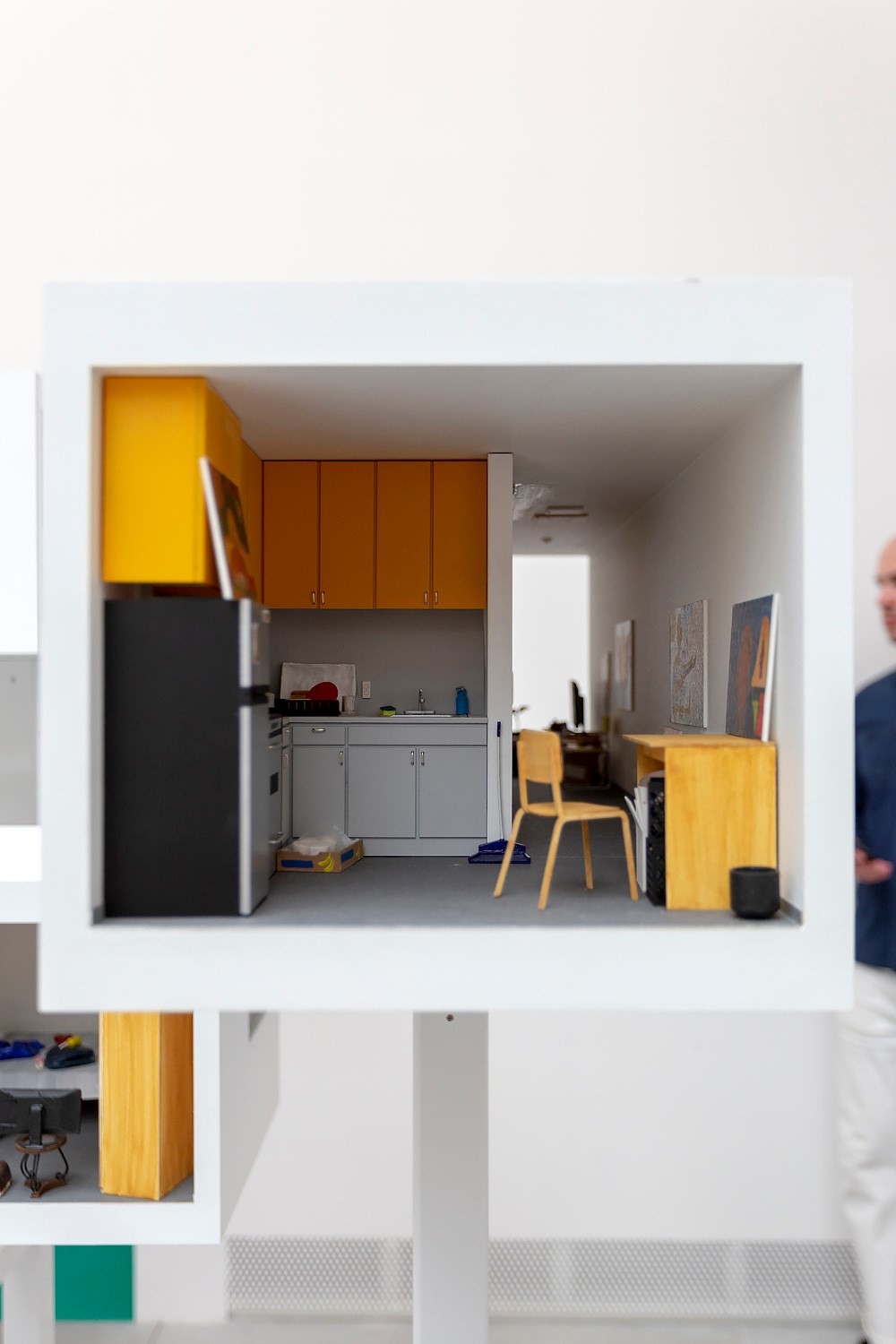
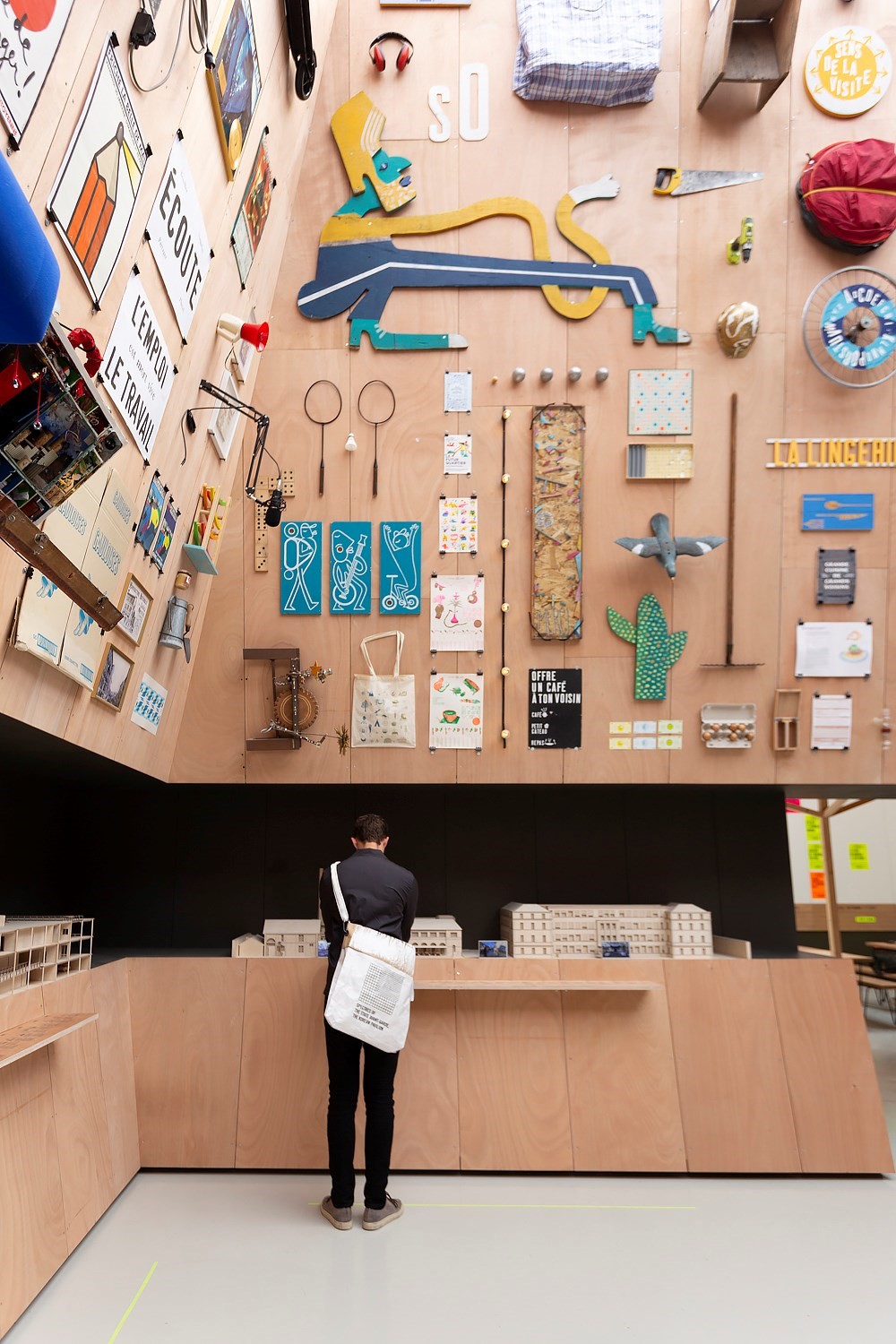
This year also marked the first time the Holy See put their hat in the ring and their situation was particularly mesmerising. Framed by a backdrop of the lagoon’s sparkling waters – complete with motorboats gliding across the surface and the fluffy tops of sea pines peeking up from the Lido opposite – ten chapels inspired by Erik Gunnar Asplund were constructed in the leafy shade of the island’s gardens. The Vatican, of course, called out the big guns: Norman Foster, Eduardo Souto de Moura, and Teronobu Fujimori all had their turn interpreting the ecclesiastical in the form of high budget follies. It felt as though the Vatican pavilion’s site, San Giorgio Maggiore island, just a short ferry hop from San Marco square, was where the big money had been banished to. Though the schools of gleaming superyachts that usually cluster in the waters of the Venetian lagoon had thinned in comparison to recent years – perhaps all the shade thrown at the starchitect set recently has left their billionaire clients feeling unwelcome – the mega-size slate grey Altair, owned by Tod’s president Diego Della Valle’s, still sat bobbing menacingly just off the island’s edge. Perhaps, not daring to get too close to the architects and academics within the Biennale’s walls actively questioning the role of outsize capital in the production of free space.
Nothing illustrated this more clearly than the haunting display at the V&A pavilion. Propped up on stilts next to the Arsenale’s calm waters, a slice of Robin Hood Garden’s concrete facade hung like a death mask. The once-revolutionary social housing, which itself was shown at the Biennale in 1976 by creators Alison and Peter Smithson, is now in the process of being knocked down to make way for a shiny new private housing project. Its presence was a cold shower amongst the conceptual problem solving and unrealised academic posturing that Venice is often known for.
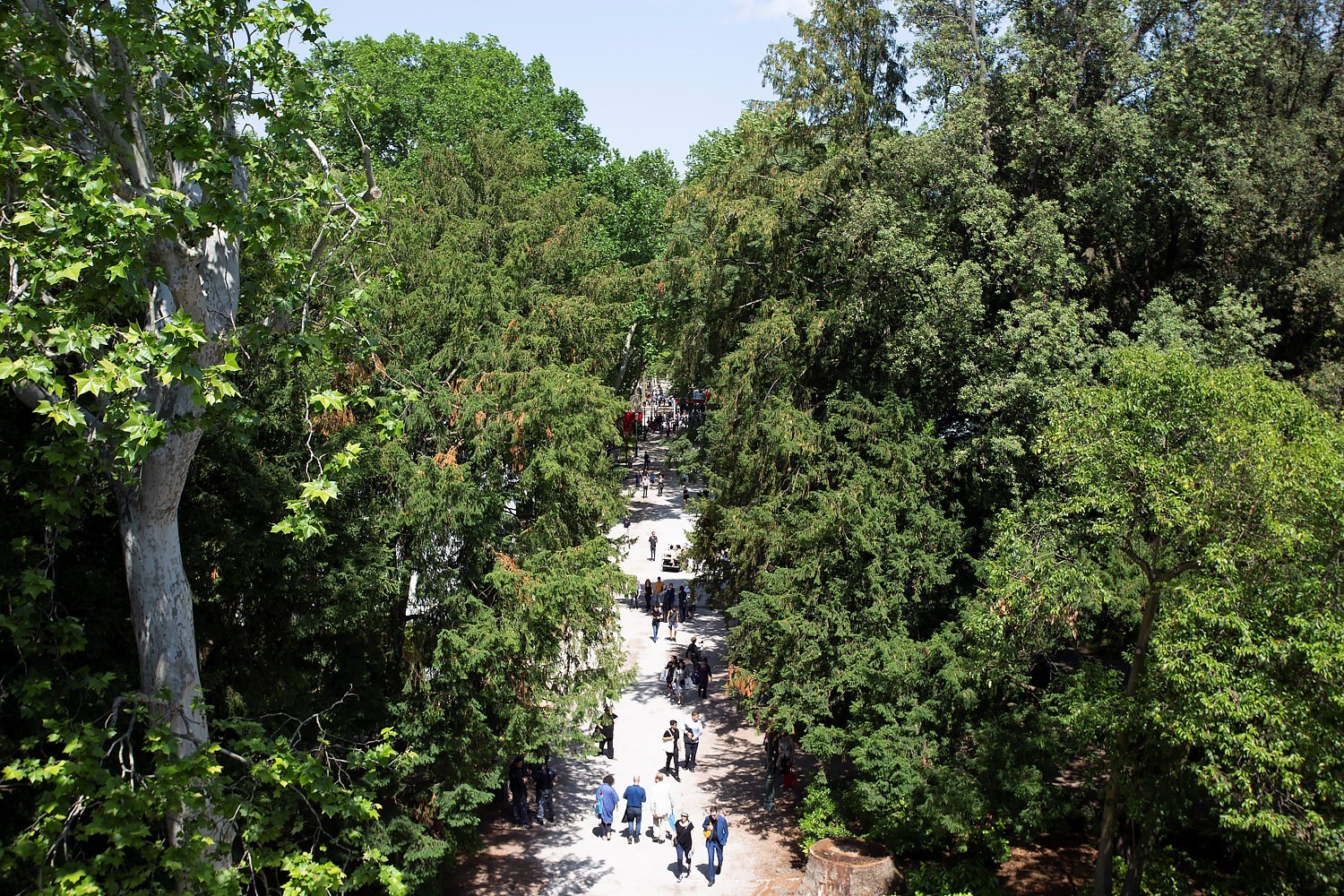
Australia, too, touched on beauty and loss. Curators Mauro Baracco, Louise Wright and Linda Tegg shipped to Italy 10,000 species of endangered plants indigenous to southeast Victoria, whose original habitat has been paved over by human development, to highlight the consequences involved in the destruction natural ecosystems. Despite the dire message, it was one of the most pleasant pavilions to visit. Small benches, furrowed deep into the grassy mound, invite visitors to sit and regroup in the cool air sweetly perfumed by native Australian wildflowers – a welcome respite from the sticky Venetian heat. The generosity was well appreciated.
